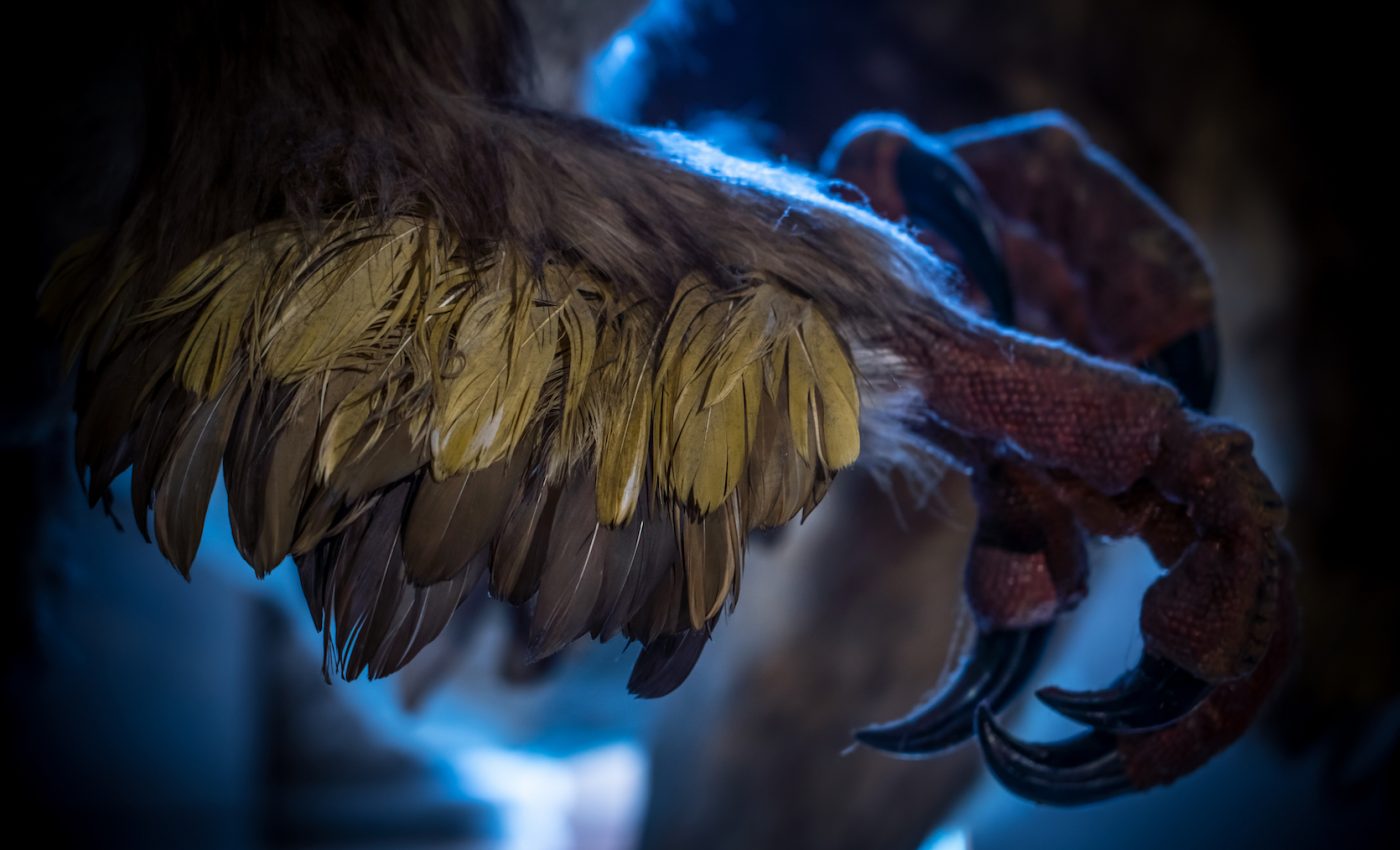
Complex feathers used for flight may have first evolved for sexual display
While the earliest dinosaur feathers were needed for warmth, the development of feathers that were more structurally complex has remained a mystery. New research suggests that, after feathers evolved for insulation and before they were used for flight, elaborate feathers likely played a role in mate selection.
“Over the last two decades, paleontologists have pieced together the early evolutionary history of feathers,” wrote the researchers. “Simple hair‐like feathers served as insulating pelage, but the first feathers with complex branching structures and a plainer form evolved for the purpose of sexual display.”
Study lead author Dr. Scott Persons is curator of the Mace Brown Museum of Natural History at the College of Charleston. He told New Scientist that early dinosaur feathers were very much like hair, which makes their purpose quite clear. However, the need for stiffer feathers that provided little insulation is much less obvious.
Dr. Persons and his colleague Philip Currie from the University of Alberta propose that it was not natural selection, but sexual selection, that drove the evolution of complex feathers. This is analogous to the brilliant tail feathers that are thought to help male peacocks catch the attention of potential mates.
The new theory indicates that sexual selection can serve as a link between two natural selection events.
The team speculates that after dinosaurs like tyrannosaurus evolved simple feathers for insulation, sexual selection created the need for dinosaurs like oviraptors to grow more complex feathers for display. These feathers were soon sophisticated enough for dinosaurs to glide with them and, ultimately, natural selection refined the feathers for flight.
“Feathers illustrate how sexual selection can generate complex novel phenotypes, which are then available for natural selection to modify and direct toward novel functions,” wrote the study authors. “In the longstanding metaphor of the adaptive landscape, sexual selection is a means by which lineages resting on one adaptive peak may gradually bridge a gap to another peak, without the landscape itself being first altered by environmental changes.”
The study is published in the journal Evolution.
—
By Chrissy Sexton, Earth.com Staff Writer
Image Credit: Aranami / Shutterstock













